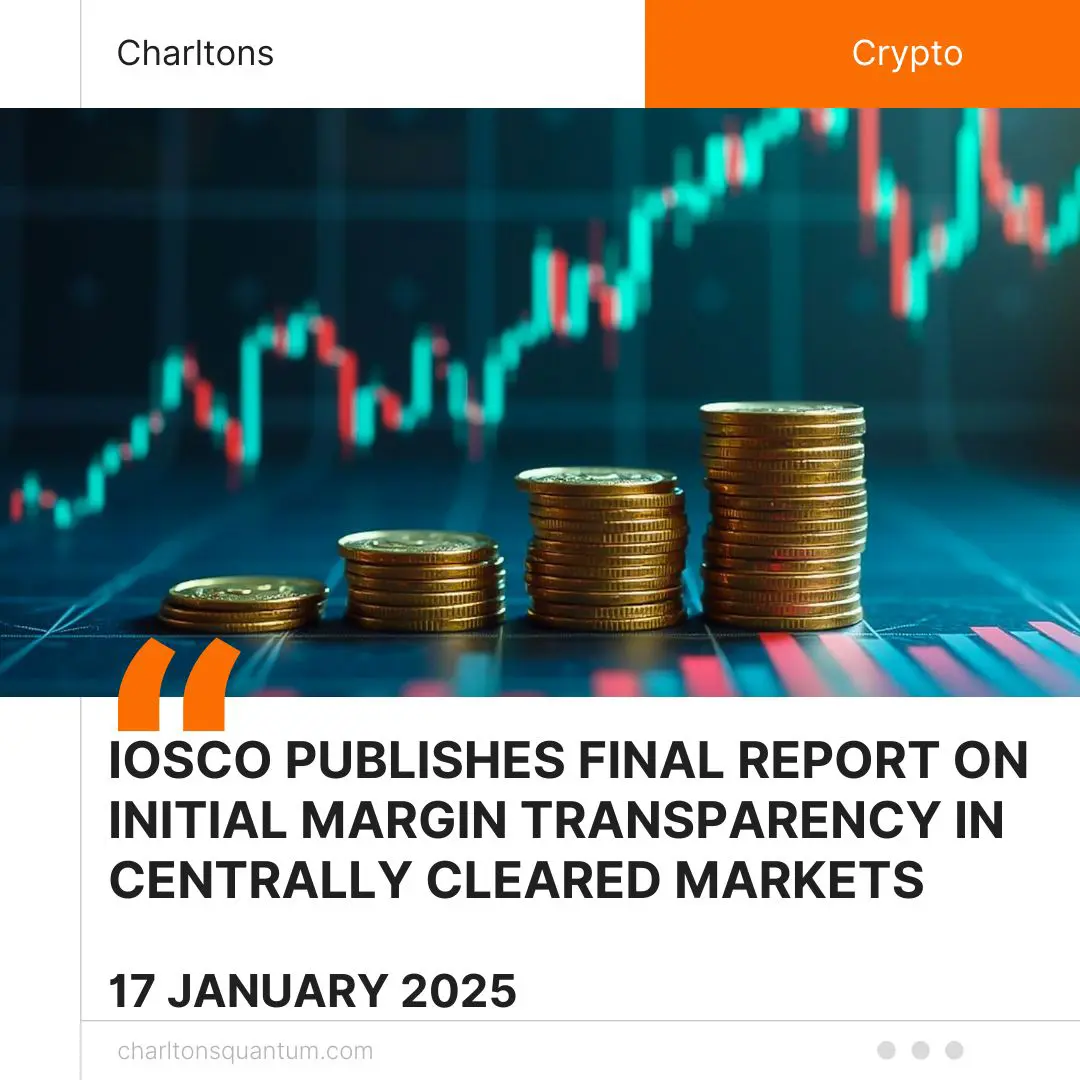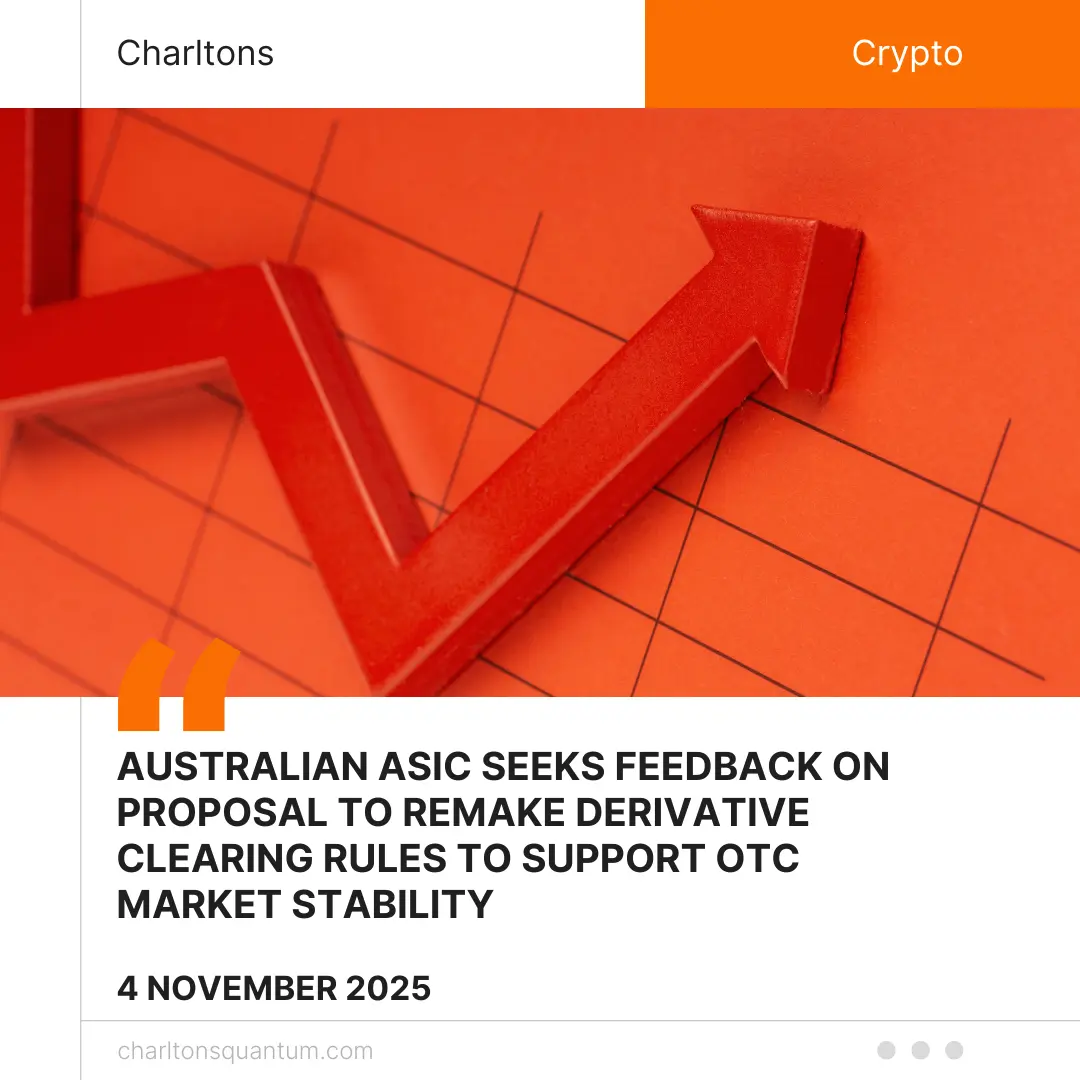
On 15 January 2025, the International Organization of Securities Commissions (IOSCO), in collaboration with the Basel Committee on Banking Supervision (BCBS) and the Bank for International Settlements’ Committee on Payments and Market Infrastructures (CPMI), released a final report titled Transparency and Responsiveness of Initial Margin in Centrally Cleared Markets – Review and Policy Proposals. This publication aims to address systemic risks by increasing transparency and enhancing the responsiveness of initial margin (IM) models used by central counterparties (CCPs).
The report builds on prior analysis of margining practices and incorporates industry consultations and data-driven research. Its recommendations are part of a larger initiative by global regulatory bodies to ensure the resilience of financial markets, particularly in the wake of significant market disruptions observed during the COVID-19 pandemic and subsequent commodity market volatility.
The report is a culmination of extensive analysis and stakeholder feedback regarding IM practices in centrally cleared markets. It focuses on the dual objectives of improving the transparency of IM requirements and evaluating the responsiveness of IM models to market stresses. The publication outlines 10 policy proposals aimed at standardising margin simulation tools, enhancing public and participant-level disclosures, and implementing governance frameworks for margin models. These recommendations seek to mitigate the procyclicality of margin calls, ensuring financial stability during periods of market volatility.
The origins of this project trace back to the market turmoil of March 2020, which exposed vulnerabilities in existing margining practices. Large, unexpected margin calls during this period highlighted the need for improved transparency and predictability in margin requirements. A consultative report published in 2022 identified key areas for policy development, including governance, disclosure, and margin model performance evaluation.
The current report expands on these themes, incorporating insights from market participants and data collected during periods of elevated volatility, such as the 2022 commodity market disruptions caused by the Russia-Ukraine conflict.
One of the primary issues addressed in the report is the lack of transparency in IM models, which can create uncertainty for clearing members (CMs) and their clients. To resolve this, the report recommends that CCPs provide accessible margin simulation tools capable of estimating margin requirements under various stress scenarios. These tools would help participants anticipate liquidity needs and improve overall market preparedness.
The report also highlights the need for robust governance frameworks to oversee margin model performance. It advocates for periodic reviews of margin models, clear guidelines for applying discretionary overrides, and increased public disclosure of margin methodologies.
Another significant concern is the procyclicality of margin calls, where requirements can increase sharply during market stress, exacerbating liquidity pressures. The report proposes measures to dampen these effects, such as anti-procyclicality (APC) tools embedded within margin models.
The recommendations outlined in the report are expected to be adopted incrementally, with international standard-setting bodies like CPMI and IOSCO taking the lead in coordinating implementation. Although no fixed timeline is provided, regulatory authorities and market participants are encouraged to initiate discussions and develop frameworks to operationalise the proposals in the near term.
The IOSCO report, by addressing the deficiencies in margining practices and fostering collaboration among global regulatory bodies, the recommendations aim to strengthen the financial system’s resilience to future crises. With its emphasis on practical solutions and stakeholder engagement, the report lays the groundwork for a more robust and predictable market infrastructure.
(Source: https://www.iosco.org/library/pubdocs/pdf/IOSCOPD783.pdf)





